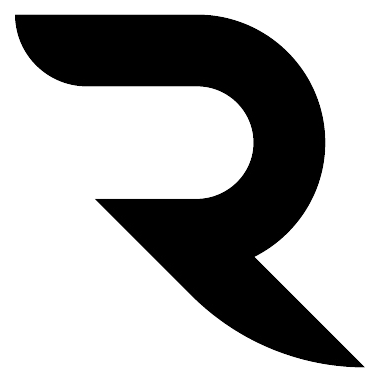What is diversion weir?
DIVERSION WEIRS. Weir is a low obstruction that is built across a river or canal to raise the water level, or in parallel to divert the water. Two types of weirs are used to control flow; an in-stream weir and a diversion weir.
What are the different types of weirs?
TYPES OF WEIRS
- Sharp crested weir.
- Broad crested weir (or broad-crested weir)
- Crump weir (named after the designer)
- Needle dam.
- Proportional weir.
- Combination weir.
- MF weir.
- V-notch weir.
What is pond level in weir?
(vii) Pond Level: The weir stores water on its upstream side in front of a head regulator to create a still pond. The canal gets water from this pond through the head regulator . Hence, it is essential to keep the level of the pond some 0.75 to 1 m above the FSL of the canal to provide sufficient working head.
What are the main components of weir?
The component parts are as follows:
- Body of weir.
- Upstream Apron.
- Upstream curtain wall.
- Downstream apron.
- Downstream curtain wall.
- Crest.
- Shutter.
What is the purpose of a diversion dam?
A diversion dam is designed to divert water from a watercourse such as a waterway or stream into another watercourse, irrigation canal, stream, water-spreading system, or another waterway.
What is the function of diversion dam?
Diversion dams are installed to raise the water level of a body of water to allow the water to be redirected. The redirected water can be used to supply irrigation systems, reservoirs, or hydroelectric power generation facilities.
How do you calculate flow through a weir?
The equation recommended by the Bureau of Reclamation in their Water Measurement Manual, for use with a suppressed rectangular weir is: Q = 3.33 B H3/2, where Q is the water flow rate in ft3/sec, B is the length of the weir (and the channel width) in ft, and H is the head over the weir in ft.
What is crest in weir?
The weir crest is the upstream element of a pair of boundary elements simulating a weir. The corresponding downstream element is the weir slope.
What is weir length?
The Length is the bottom width of the weir. The height is measured from the bottom of the weir opening to the top of the water level ponded behind the weir (not the water level right as it leaves the weir).
What is Crest in weir?
What is the function of divide wall in a diversion weir?
The main purposes of divide wall are as follows. To separate the floor of channel formed behind under-sluices from the floor level behind the weir proper. Level of channel is at lower level than that of weir proper. The area enclosed between undersluices, divide wall and head regulator, is known as pocket.
How does diversion facility work?
Another type of hydroelectric energy plant is a diversion facility. This type of plant is unique because it does not use a dam. Instead, it uses a series of canals to channel flowing river water toward the generator-powering turbines. The third type of plant is called a pumped-storage facility.
How do you calculate water flow over a weir?
What is a standard weir?
Standard Contracted Rectangular Weirs. The fully contracted rectangular weir (figure 7-1) is the most frequent standard weir used in irrigation. To be fully contracted, all overflow plate sides and ends must be located at least a distance of 2h1max (two maximum measurement heads) from the approach flow boundaries.
How do you size a weir?
There should be air (not trapped) underneath the water leaving the weir. The Length is the bottom width of the weir. The height is measured from the bottom of the weir opening to the top of the water level ponded behind the weir (not the water level right as it leaves the weir).
What is diversion weir design project?
Diversion Weir Design COLLEGE OF ARCHITECTURE AND CIVIL ENGINEERINGpage 2 water efficiency by constructing permanent structure like Dam and Diversion Headwork Structures etc. 1.3. Objective of the Project 1.3.1. General objective The primary objective of this project was to design diversion weir for Asher River. 1.3.2.
What are the forces acting on a diversion weir?
Diversion Weir Design COLLEGE OF ARCHITECTURE AND CIVIL ENGINEERINGpage 38 c) Hydrostatic pressure These are the forces acting on the weir due to the reservoir created upstream of the overflow section and the dynamic pressure created at the toe due to change in the momentum of the flow.
Can a weir be used as a diverging structure?
Different types of weir can be used as diverging structures some of them are given below: Lets consider a general case of weir design. The forces acting on a weir built on a impervious foundation may be static or dynamic. The static forces include: Normal water pressure on the upstream face of the weir.
What is the effect of discharge on weir design?
But in case of a weir design, when the discharge increases the near water level also builds up and the difference between them will become less and less. So, the weir is subjected to maximum head when the water level on the upstream side is maximum and no water passes over the crest.
